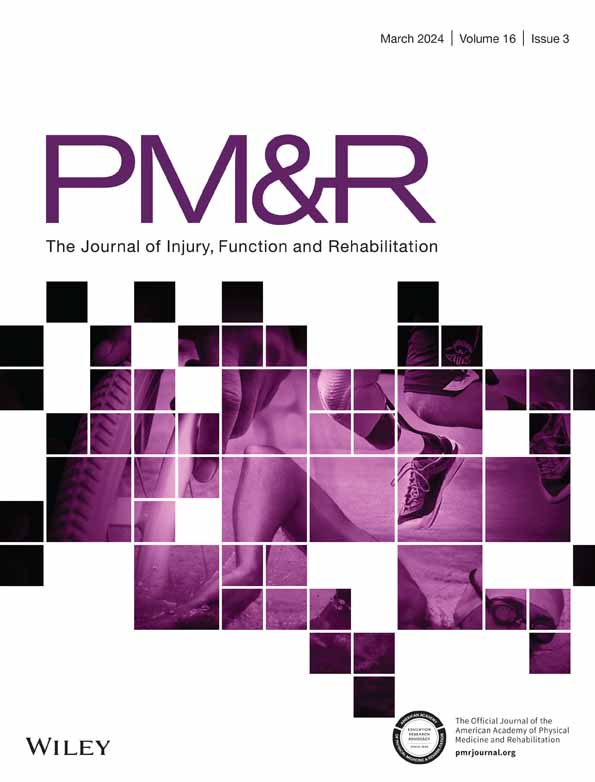Multidisciplinary collaborative consensus statement on the barriers and solutions to care access, patient and caregiver support, and clinical capacity and capability for patients with spasticity
Abstract
Background
There is evidence that patients with spasticity are not receiving adequate care. Identifying the unmet needs of patients with spasticity is essential to develop services and treatment strategies to better support this population This is an effort to identify challenges related to treatment of spasticity and provide the springboard for the implementation of identified solutions.
Objective
To identify the main barriers to spasticity care and identify potential solutions.
Design
Delphi process.
Setting
Expert panel.
Participants
A total of 35 participants with diverse experience and knowledge related to spasticity care were invited and 29 attended an in-person 2022 Spasticity Summit hosted by the American Academy of Physical Medicine and Rehabilitation.
Methods
The expert panel participated in a presummit survey to identify the main potential barriers to spasticity care. During the in-person meeting the panel initially worked in small groups and then as whole to reach consensus through the Delphi process. The panel also completed a postsummit survey.
Results
Several barriers to spasticity care and potentials solutions were identified. Consensus was reached for the top three barriers and potential solutions (>50% and >75%, respectively). Top barriers included the need for a document listing all the challenges related to access of care for spasticity, increased caregiver and community awareness of spasticity, and education of clinicians regarding patient needs. Top solutions to barriers included increasing the number of providers who treat spasticity, enhancing patient and caregiver education, and developing and publishing a consensus guidance statement.
Conclusions
Consensus was achieved on the top three barriers to spasticity care and potential solutions. The purpose of this analysis is to pave the way for further development of solutions to improve the care of patients with spasticity.




